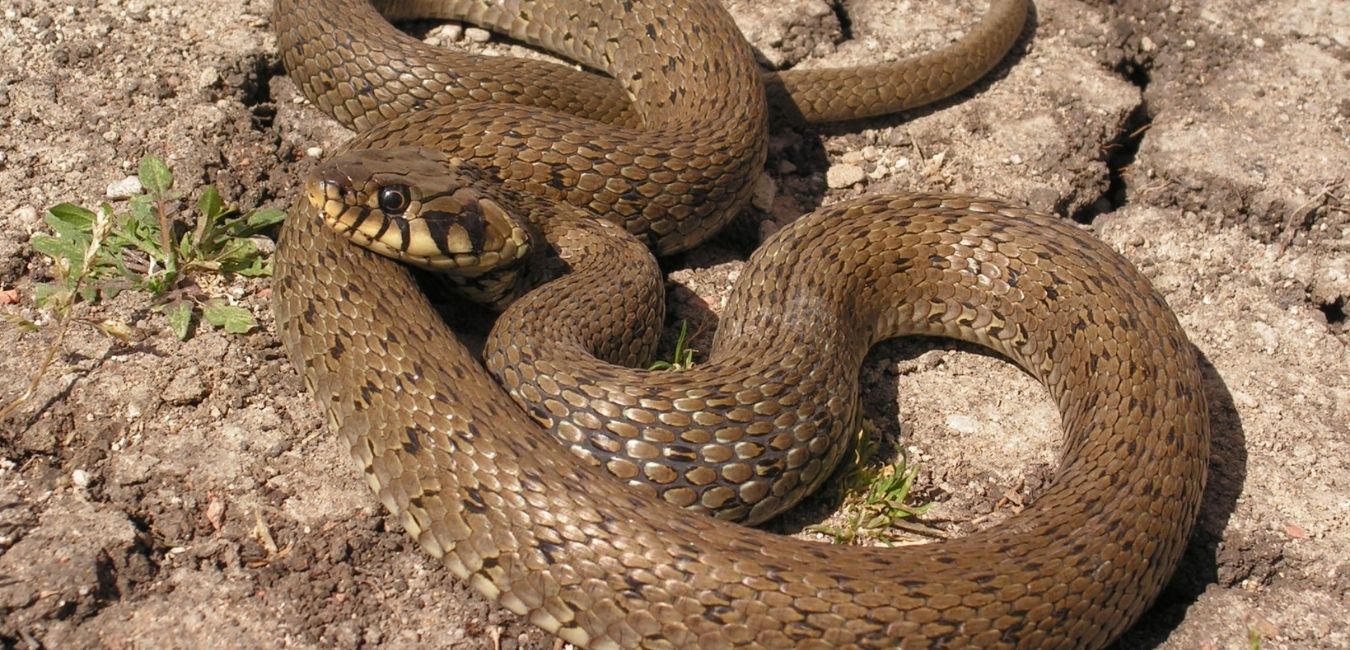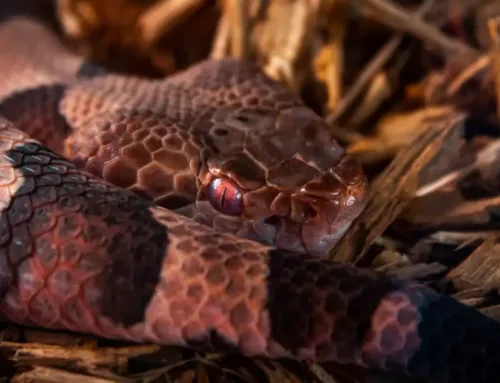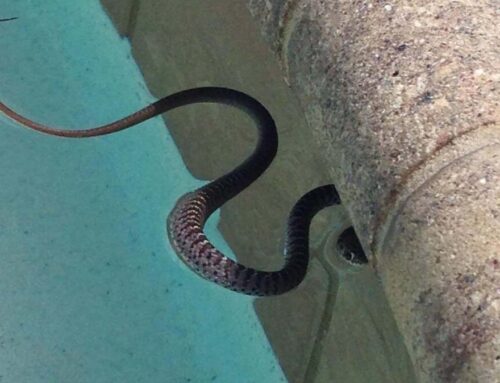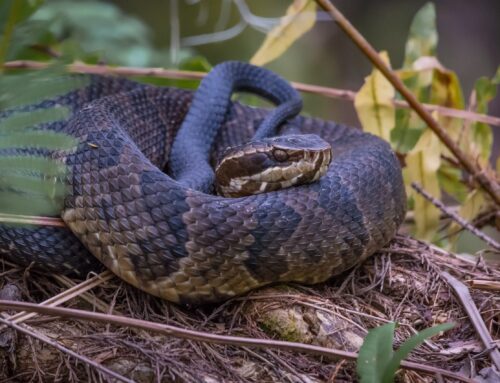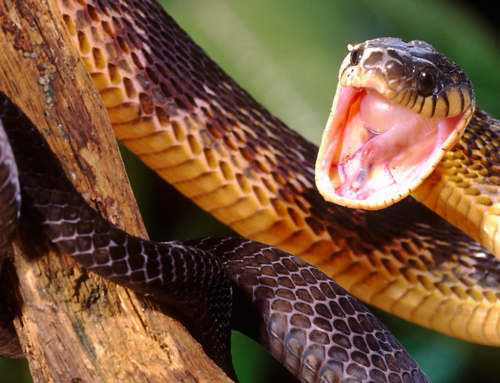The time of year that is typically associated with cooler weather and pumpkin spice lattes, fall has its share of surprises. One surprise may be the number of snakes that are out in the open now looking for food.
The snake population increases during the fall due to the increased availability of prey as well as warm temperatures and breeding habits. This means you need to be extra careful when exploring new areas or hiking through wooded paths. Make sure to keep your eyes peeled and always watch where you step so you don’t find yourself face-to-face with a venomous snake.
Why are Snakes Common in the Fall?
Snake season is in the fall, just as it is in the spring. Because most snakes in the United States are born between July and September, snakes are more common in the fall than in any other season. In the early fall, baby snakes frequently make their initial appearance in carports or on patios in pursuit of their first meal. Many juvenile snakes have already been eaten by predators, ran over on highways, or died in other ways by the time spring arrives.
As adults roam around more in search of good hiding places before hibernation, the number of snake sightings increases in the fall. As a result, they are more likely to be noticed.
Some species, like the canebrake rattlesnake, mate in the autumn. In the autumn, big male rattlesnakes can be observed crossing highways or traveling through woodlands and fields looking for ladies.
Males compete furiously for females’ attention in the fall, and freshly hatched offspring are on high alert for predators. Because snakes can’t see far away due to their nearsightedness, they are more likely to strike.
Keep an eye out for brush piles and stacked logs. Make certain that such items are not kept near your home. Copperhead snakes search for prey in the midst of the brush, logs, and other hiding places.
When do snakes go into hibernation?
When snakes go into hibernation in the wild, it is determined by two factors: their location and their species.
A snake in Minnesota will go into hibernation much earlier and emerge much later than a snake in Texas. Snakes from Florida’s tropical conditions, such as pythons and boas, do not hibernate. When the weather cools down, venomous snakes from North America, such as rattlers, copperheads, and cottonmouths, hibernate.
Snake activity increases as the temperature drops in late summer and early autumn, just before they hibernate, which can happen as early as September or as late as December. Rattlesnakes usually come out of hibernation in March or April, or when average daytime temperatures reach and stay around 60 degrees Fahrenheit.
Snakes in warmer southern states often brumate rather than hibernate. Hibernation is a deep sleep that occurs in northern areas with colder, snowier climates. Snakes do not sleep in Brumation, but their bodies adjust to a cooler environment, their metabolism slows, and they become less active and less likely to feed.
Beware of Snakes While Hiking in the Fall
Fall days are ideal for hiking, but they are also ideal for snakes to be out and about. On hot days, brumating snakes emerge from their dens to enjoy the sun. People are frequently shocked by snakes on sunny winter days following a long cold spell. Snakes, like humans, go out in the sun to enjoy it, and unwary hikers can startle them and prompt them to strike. Rattlesnakes can attack at a distance of two-thirds their total body length, on average. A three-foot-long snake, for example, might be able to attack from a distance of two feet.
Rattlesnakes are unable to jump. However, if the animal strikes downhill, gravity plus the momentum generated by the strike may combine to propel the animal further ahead than on the flat ground. A snake on an extremely steep slope may lose its balance during a strike and fall toward its target. As a result, the effective range of a downhill blow may be greater than that expected on a flat surface.
Between April and October, when the weather is nice and outdoor activities are popular, most snake bites occur. Take precautions to keep your pets and yourself safe.
Snakebites are a common occurrence for dogs and humans across much of North America. In the United States, venomous snakes attack roughly 8,000 people each year, yet only about 12 of these bites are deadly, according to most estimates.
Preventing Snakes in the House
Whether your home is in the southern or northern hemisphere, it’s time to think about how to protect yourself from snakes this Fall. Snakes are most active during September and October when they’re looking for a mate. They will look for any opportunity to enter into homes that have an open door or unprotected porch area, which can lead to some frightening moments.
To safeguard against snakes in your home, make sure all of the windows on your house are closed tight, use snake guards around vulnerable areas like porches and patios where there may be gaps under doors or boards missing on screens, install weather stripping around doors leading out onto elevated surfaces (like decks), and remove brush piles near houses.
With the changing of the seasons, it is important to be aware that snakes and other pests that attract snakes may be coming out. If you find a snake in your home or business property, don’t panic! Instead, give our experts at Virginia Snake Removal a call today for immediate help.
We provide snake removal and exclusion services. We offer free estimates on all jobs. Set up an appointment today!

